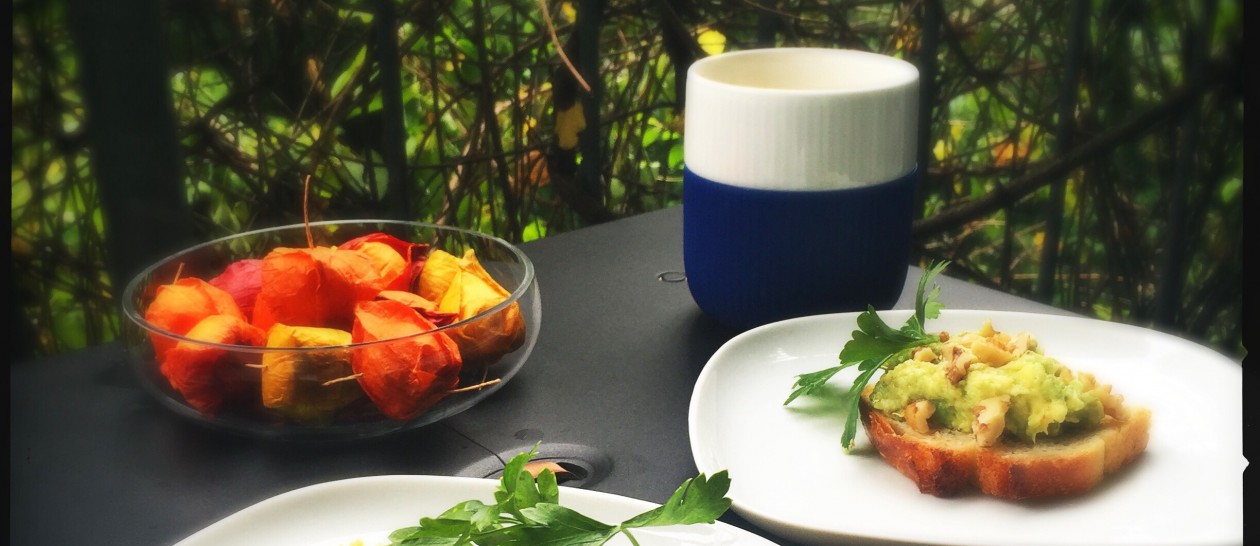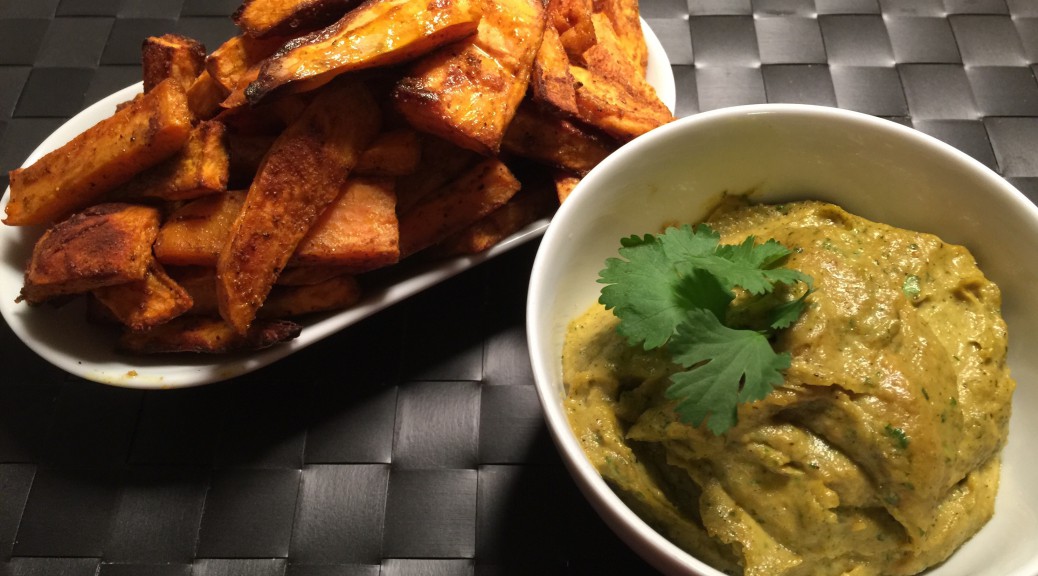Hi guys,
we´ve read the recent media information on obesity carefully – and would like to share some thoughts with you:
There were news that, in the US, obesity is still on the rise, though there´s a glimmer of hope in children. In the UK, obesity was directly linked to the wealth of the family obese children are born in: The wealthier the family, the less likely was the child to be obese. For the UK and Germany (amongst other countries), it is well known that the higher the Body Mass Index (BMI) of a child, the more dental caries they have. On top of that, the poorer, and the less well-educated families quite often belong to the so-called caries-polarization-group: While on average the prevalence of dental caries is low in children, some children seem to “have it all”, that is they suffer from so many carious lesions that they deviate immensely from the arithmetic mean.
Plus: The more these obese children weigh, the harder it is for them to get rid of the excessive fat due to a specific mechanism in their body that “tells” their bodies not to burn any of this excessive fat. In the end, fat is burned when they embark on a healthier eating/lifestyle but it is harder for them than for those who are not obese.
That sound very much like a vicious circle, right?! Yes, it certainly is. Especially as we know how often preventive measures don´t reach those who are really in need 
And there´s always been that debate upon a healthy lifestyle not being affordable for those with small budgets only. We know that it is really hard for some families – but still: A generalisation like “We can´t afford chia seeds. One package of chia costs so more than a package of (sugared) bran flakes.” should really not be used as an excuse or argument. To feel satisfied after a chia pudding requires an incredible smaller amount of chia seeds than it would require bran flakes. So, before the chia seeds are empty, at least three packages of bran flakes are going to be emptied.
The question should therefore be: What are the true cost of healthy/unhealthy eating? Money and quality of life can hardly be compared, but the “price” the affected children “pay” from their early life on is certainly exceptionally high.
Sometimes we ask ourselves how weird this world has become. With new (health) information coming up on a daily basis, this info seems to get more and more confusing and contradicting. How can we expect everyone (and especially those not involved in the health sector) to understand what is best for them?! It seems like every day there´s a new diet popping up, most often, of course, the one and only. It is definitely impossible to claim one style of “diet” is correct and will therefore work for everyone. This is simply not true. But it is true work to find out how to stay healthy in this confusing jungle of information and news.
Keep calm and eat with self-respect and self-care 
P.S. In this pic: Roasted sweet potato wedges and pumpkin hummus. A comparable meal at a fast food chain would have been less satisfying, less healthy, and more expensive.


